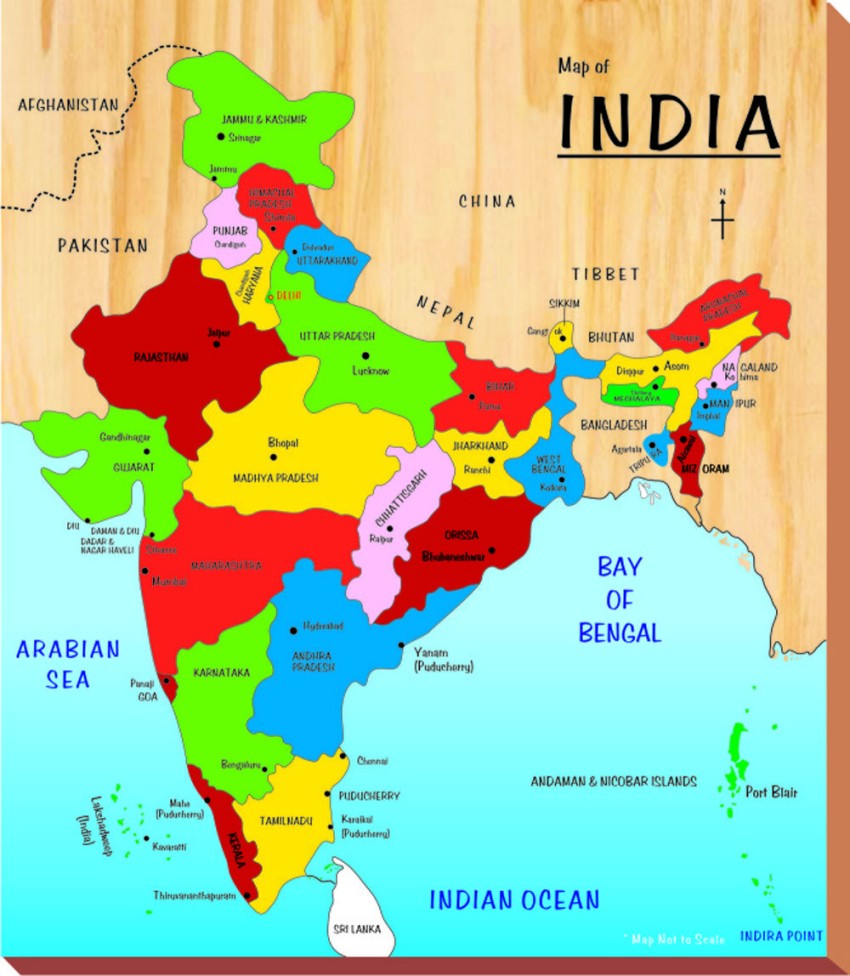In response to rising global economic pressures, India’s central bank has cut its key interest rates for the second time this year. This move comes as the US President’s trade tariffs take effect, adding to economic challenges. The Reserve Bank of India (RBI) has reduced the benchmark repo rate by 25 basis points, bringing it down to 6 percent, in an effort to stimulate the economy, which has been struggling with slower growth.
This rate cut coincides with the implementation of US President Donald Trump’s 26 percent tariff on Chinese imports, further exacerbating concerns over global economic conditions. The RBI’s decision reflects easing inflation concerns in India and highlights the slowing economy, which has been further impacted by trade tensions.
Economists predict that the US tariffs will likely slow India’s GDP growth even further. Goldman Sachs has already lowered its forecast for India’s growth from 6.3 to 6.1 percent for the current fiscal year. In a more conservative move, the RBI itself has reduced its growth projection from 6.7 percent to 6.5 percent.
The RBI’s monetary policy committee (MPC) emphasized that trade tariff measures have contributed to economic uncertainty, and with moderate growth and benign inflation, it must continue to focus on supporting growth. RBI Governor Sanjay Malhotra warned that the global trade frictions are expected to hinder domestic growth.
The Reserve Bank of India’s decision to cut interest rates marks its second such action in 2025, following a similar reduction in February. India’s economic growth is expected to be the slowest since the COVID-19 pandemic, with a forecast of 6.5 percent in the current fiscal year, down from 9.2 percent last year.
Despite the global trade uncertainties, India remains cautious in its approach to trade relations with the US. The Department of Commerce is reviewing both the challenges and opportunities arising from these trade policies.
Economist Shilan Shah from Capital Economics noted that the RBI’s decision was not unexpected, given the low inflation and ongoing trade tensions with the US. Further rate cuts are anticipated if the current global trade uncertainty continues.

